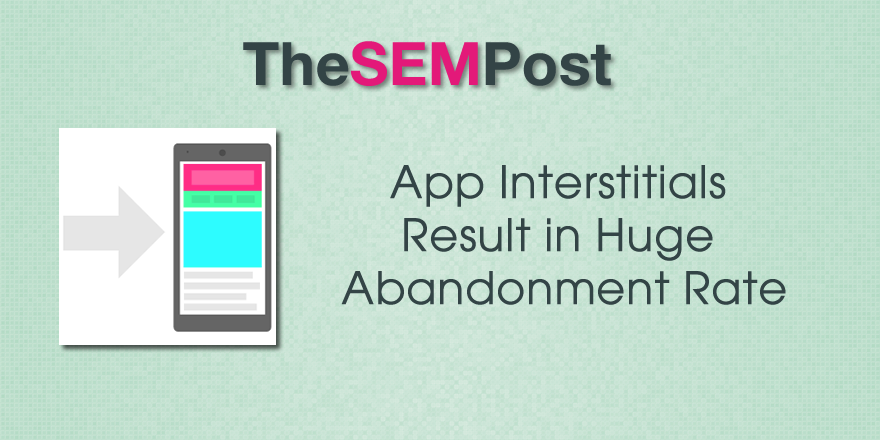
Many companies, in implementing their mobile strategy, feel that the more app downloads the better. But it is one of the most annoying things for mobile users, especially when it isn’t easy to click through to the content without accidentally being sent off the to App Store for downloading.
Google’s study for their own Google+ site and app found that a huge 69% of visitors abandoned the page when presented with the app interstitial. Not only did 69% of users not download the app, but they didn’t even click through to read the content that made them click through to the site in the first place.
Despite our intuition that we should remove the interstitial, we prefer to let data guide our decisions, so we set out to learn how the interstitial affected our users. Our analysis found that:
- 9% of the visits to our interstitial page resulted in the ‘Get App’ button being pressed. (Note that some percentage of these users already have the app installed or may never follow through with the app store download.)
- 69% of the visits abandoned our page. These users neither went to the app store nor continued to our mobile website.
It is also important to think about how you track analytics, particularly bounce rate. If you aren’t tracking app interstitials through analytics – which many of the “app interstitial solutions” do not – you may not realize just how many visitors never see your content in the first place because they abandon it when presented with the app interstitial.
Once Google removed the app interstitial, they noticed an increase in traffic, not surprising since they weren’t losing 69% of visits to abandonment after being presented with the interstitial.
With this data in hand, in July 2014, we decided to run an experiment and see how removing the interstitial would affect actual product usage. We added a Smart App Banner to continue promoting the native app in a less intrusive way, as recommended in the Avoid common mistakes section of our Mobile SEO Guide. The results were surprising:
- 1-day active users on our mobile website increased by 17%.
- G+ iOS native app installs were mostly unaffected (-2%). (We’re not reporting install numbers from Android devices since most come with Google+ installed.)
We also know from Gary Illyes and Maile Ohye at Google that app interstitials is an area they are planning to target with their recently launched mobile friendly algorithm. It is a very poor user experience to hijack their attempt to read your webpage in order to get app downloads, so it isn’t surprising that websites serving interstitials will be demoted for this behavior in the future.
There has been no announcement made about potentially demoting the use of app install banners, however. And this is a much better option from a user experience perspective, although one could definitely make the case that the app banners also negatively impact user experience, since they take up quite a bit of screen real estate on a mobile device. Add the possibility that someone has opened the link within the Facebook or Twitter app, and the portion of the true website the person can actually see is very tiny.
Jennifer Slegg
Latest posts by Jennifer Slegg (see all)
- 2022 Update for Google Quality Rater Guidelines – Big YMYL Updates - August 1, 2022
- Google Quality Rater Guidelines: The Low Quality 2021 Update - October 19, 2021
- Rethinking Affiliate Sites With Google’s Product Review Update - April 23, 2021
- New Google Quality Rater Guidelines, Update Adds Emphasis on Needs Met - October 16, 2020
- Google Updates Experiment Statistics for Quality Raters - October 6, 2020


